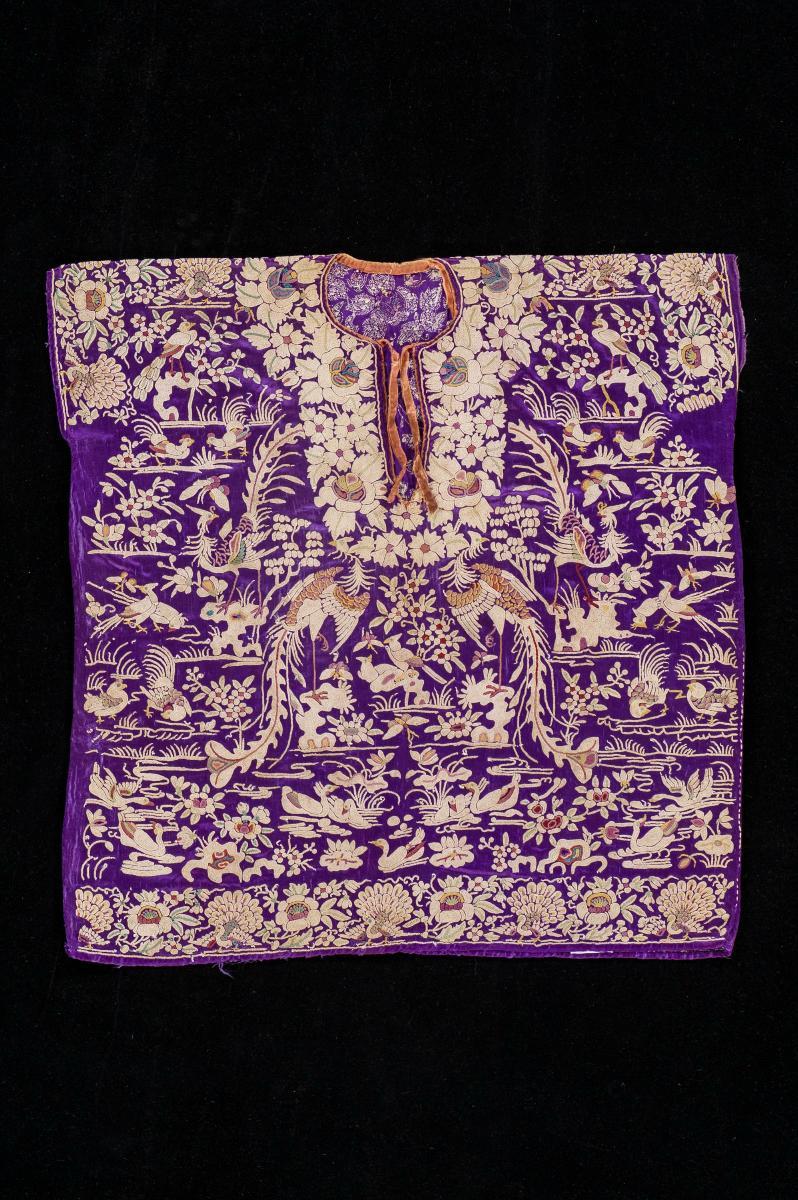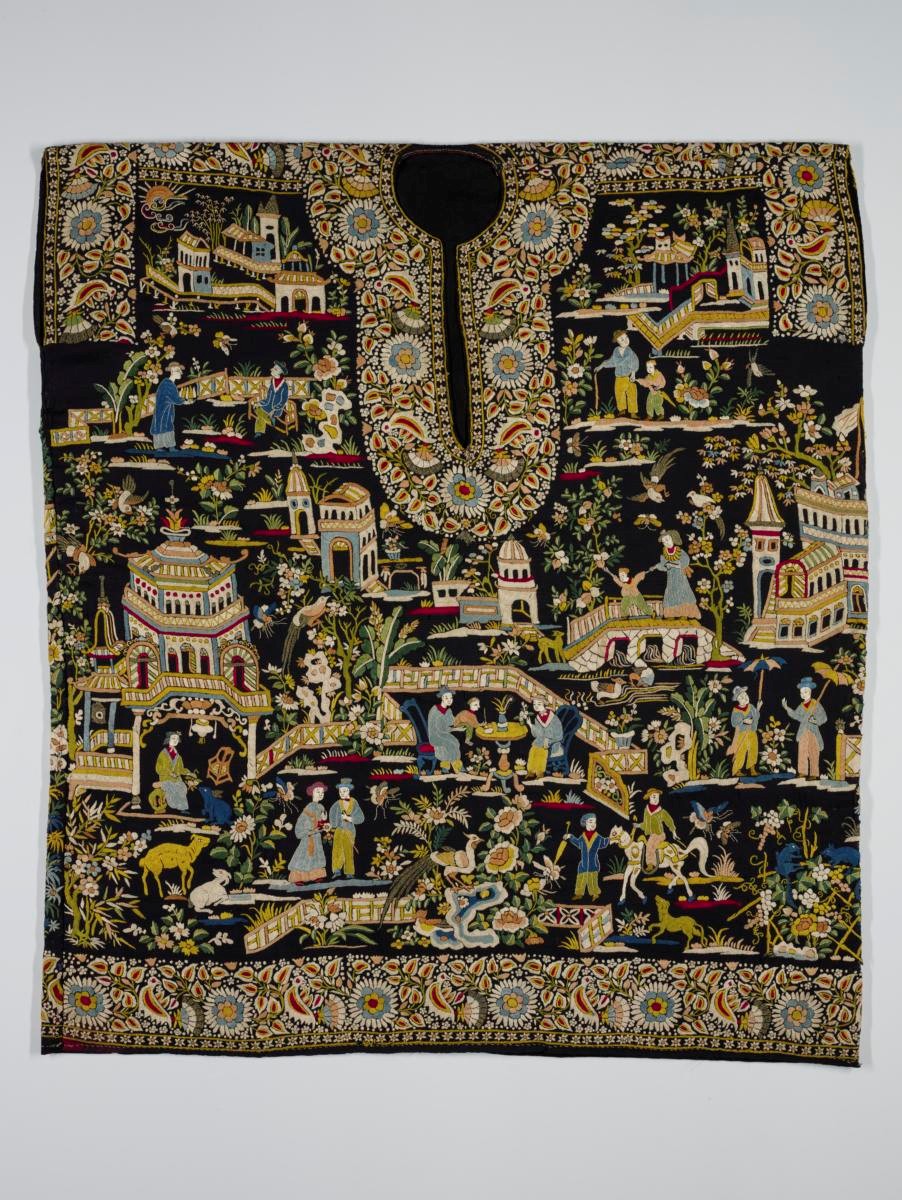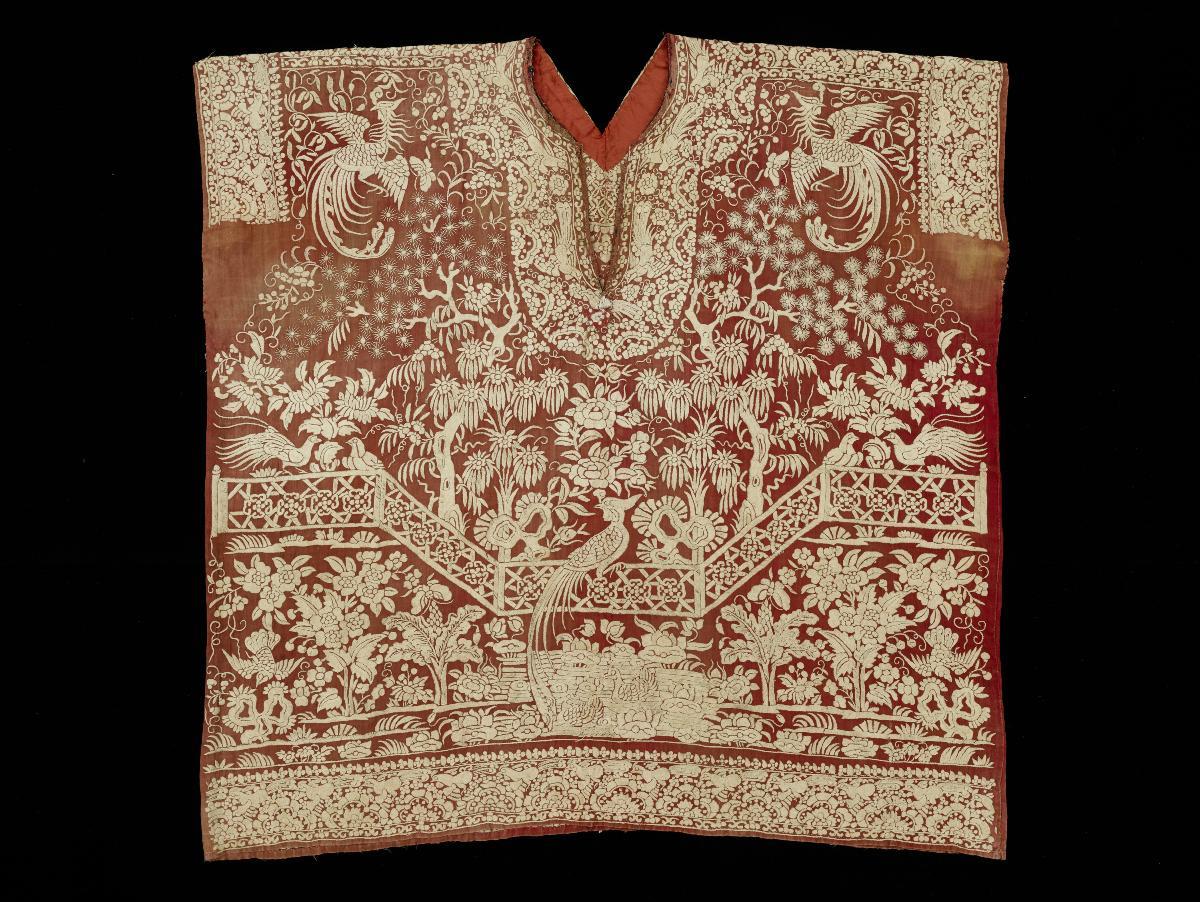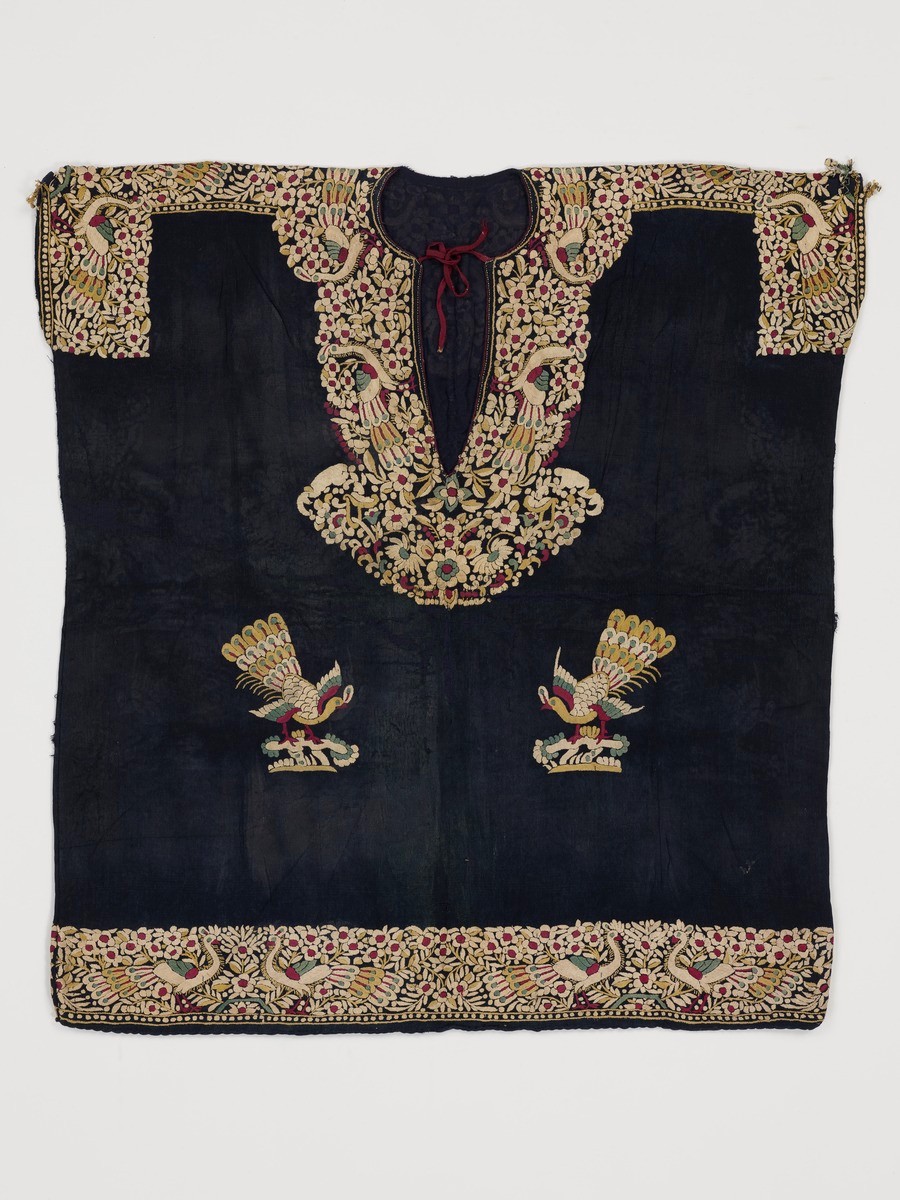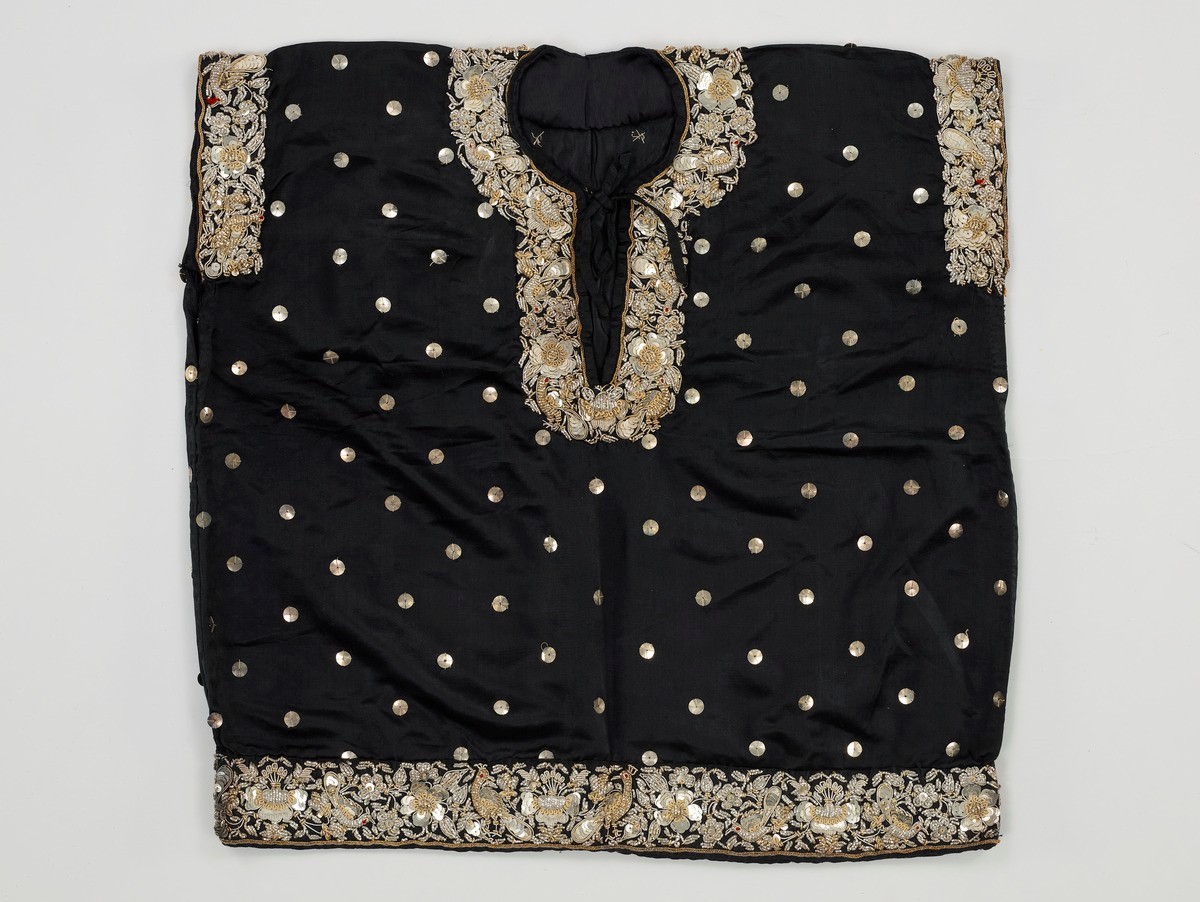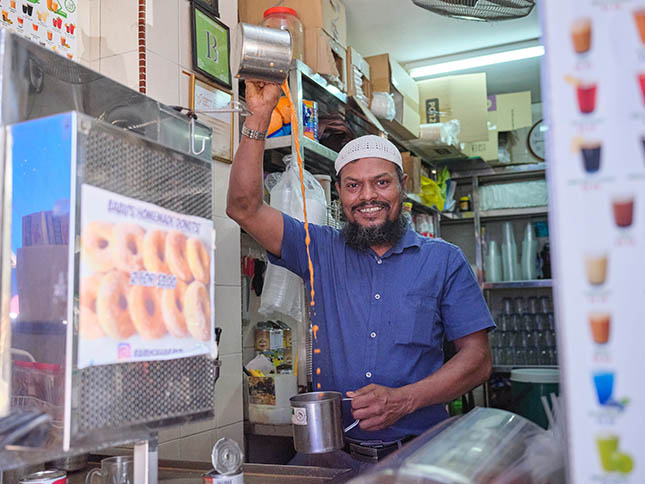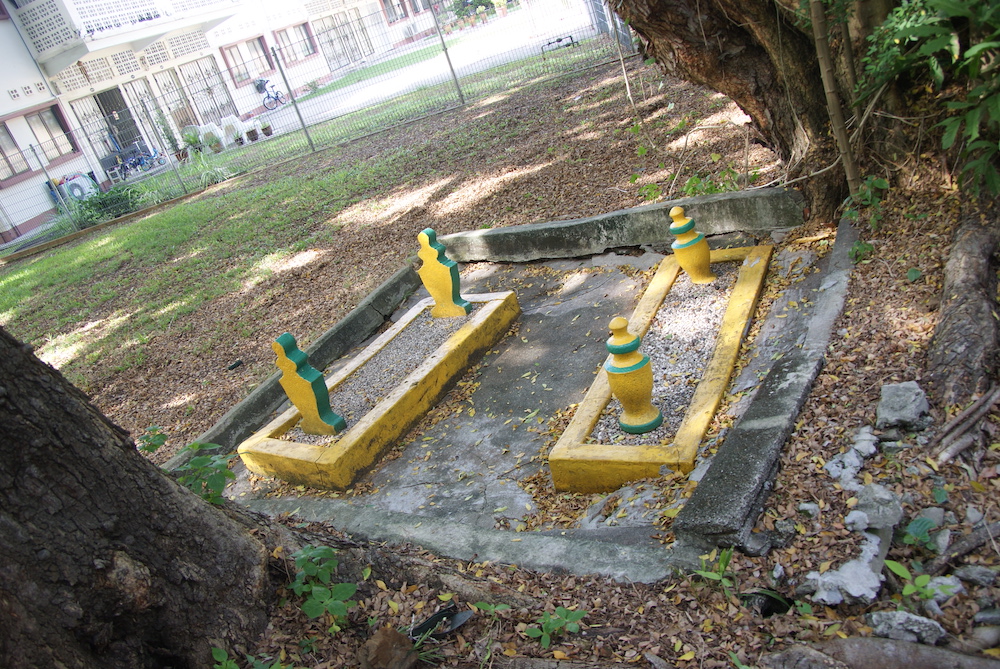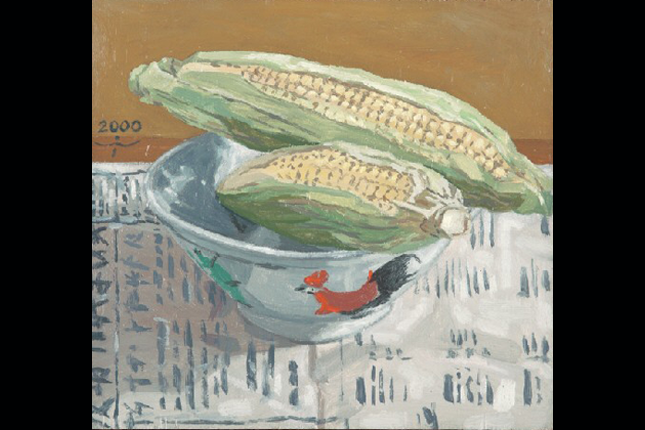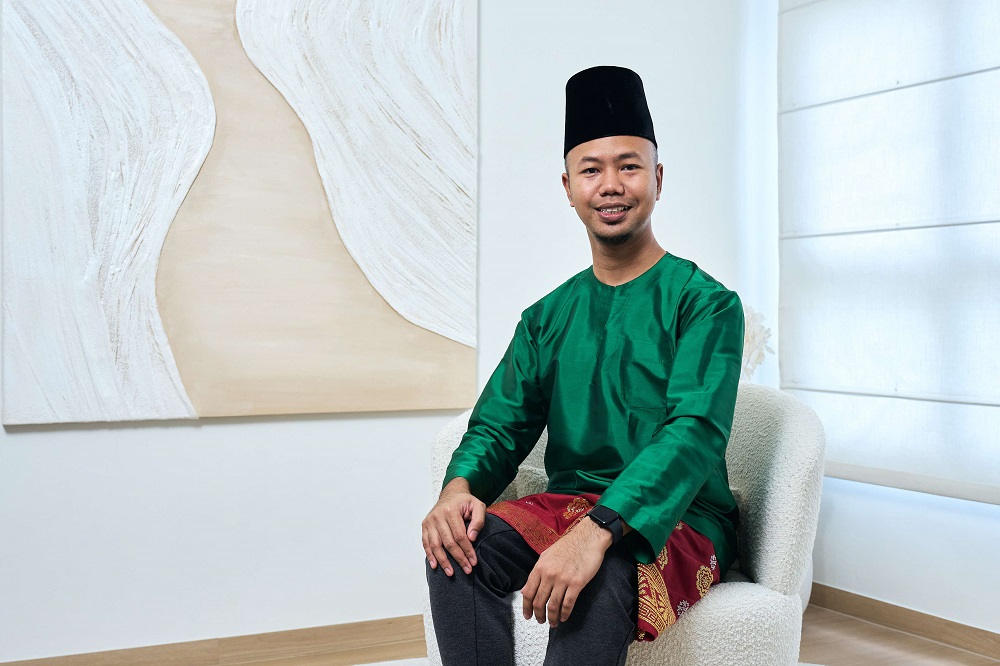The Parsis are Zoroastrians from the province of Pars/Fars in Persia who escaping religious persecution migrated to India in the 7th century. By the 18th century the Parsis were involved in trade with China dealing in spices, silk, opium, cotton and tea. The Parsi traders returned to India influenced by the aesthetics of the Far East. They brought with themChinese products including porcelain and embroidered silks. Their culture is unique, influenced by their interactions with others, as seen in their adoption of the local Gujarati language as their own; or in that the women traditionally dress in the gara sari, a south Asian drape embroidered with Chinese motifs displaying the effect of the community’s involvement in Indo-Chinese trade; or even as visible in the curious combination of colonial, western attire worn with the traditional headgear called pagri. For the navjote, a richly embroidered tunic or jhabalu is worn by Parsi children. It would be worn with ijar or loose trousers with embroidery at the bottom. These embroidered items of clothing too underscore the community’s Chinese links and the resultant impact on their tastes and fashion.




